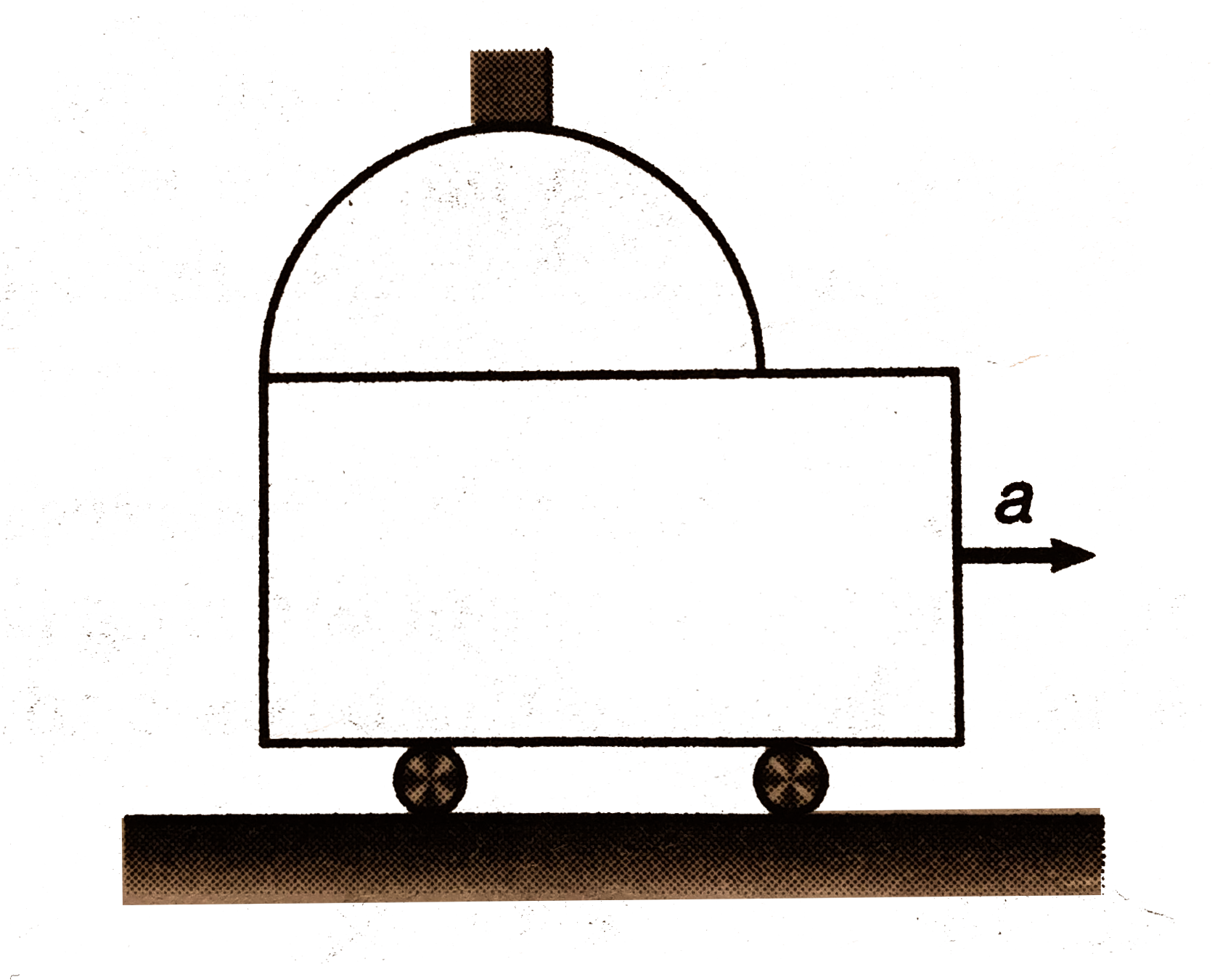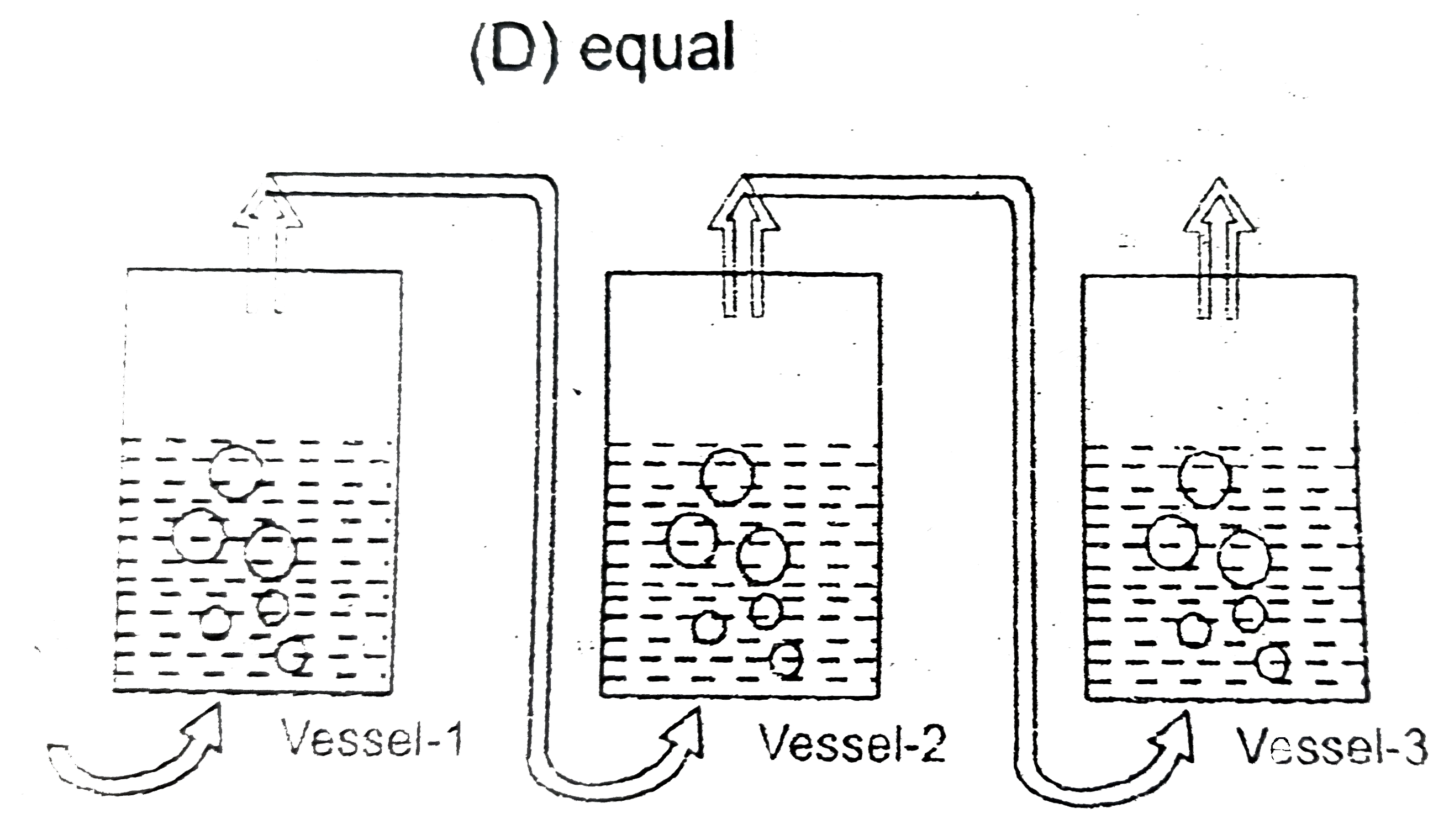Without losing its concentration, ZnCl2 solution can't be kept in contact with
(a) Au
(b) Al
(c) Pb
(d) Ag
Au
Al
Pb
Ag
The correct Answer is:B
To solve the question, we need to determine which metal cannot be kept in contact with a zinc chloride solution without causing a change in concentration.
1. Understanding Reactivity Series:
The reactivity series is a list of metals arranged in order of decreasing reactivity. Metals higher in the series can displace those lower in the series from their compounds.
2. Identifying the Metals:
The metals given in the options are:
- (a) Au (Gold)
- (b) Al (Aluminum)
- (c) Pb (Lead)
- (d) Ag (Silver)
3. Analyzing Each Metal:
- Gold (Au): Gold is less reactive than zinc and will not displace zinc from zinc chloride.
- Aluminum (Al): Aluminum is more reactive than zinc. It can displace zinc from zinc chloride.
- Lead (Pb): Lead is less reactive than zinc and will not displace zinc from zinc chloride.
- Silver (Ag): Silver is less reactive than zinc and will not displace zinc from zinc chloride.
4. Conclusion:
Since aluminum is more reactive than zinc, it will react with zinc chloride solution and displace zinc, leading to a change in concentration. Therefore, zinc chloride solution cannot be kept in contact with aluminum.
Final Answer:
The correct option is (b) Al (Aluminum).
---
The reactivity series is a list of metals arranged in order of decreasing reactivity. Metals higher in the series can displace those lower in the series from their compounds.
The metals given in the options are:
- (a) Au (Gold)
- (b) Al (Aluminum)
- (c) Pb (Lead)
- (d) Ag (Silver)
- Gold (Au): Gold is less reactive than zinc and will not displace zinc from zinc chloride.
- Aluminum (Al): Aluminum is more reactive than zinc. It can displace zinc from zinc chloride.
- Lead (Pb): Lead is less reactive than zinc and will not displace zinc from zinc chloride.
- Silver (Ag): Silver is less reactive than zinc and will not displace zinc from zinc chloride.
Since aluminum is more reactive than zinc, it will react with zinc chloride solution and displace zinc, leading to a change in concentration. Therefore, zinc chloride solution cannot be kept in contact with aluminum.
The correct option is (b) Al (Aluminum).
Similar Questions
During the purification of copper by electrolysis:
(a)the anode used is made of copper ore
(b)pure copper is deposited on the cathode
(c)the impurities such as Ag, Au present in solution as ions
(d)concentration of CuSO4 solution remains constant during dissolution of CuView SolutionDuring electrolysis of a concentrated aqueous solution of NaCl, what is the product at the cathode?
(a) Sodium
(b) Chlorine
(c) Oxygen
(d) HydrogenView Solution
Knowledge Check
- Question 1 - Select One
For a reaction A+B→C+D, if concentration of A is doubled without altering that of B, rate doubles. If concentration of B is increased nine times without altering that of A, rate triples. Order of the reaction is
A2B1C112D13 - Question 2 - Select One
For a reaction A+B→C+D, if concentration of A is doubled without altering that of B, rate doubles. If concentration of B is increased nine times without altering that of A, rate triples. Order of the reaction is
A2B1C112D13 - Question 3 - Select One
For a reaction A+B→C+D, if concentration of A is doubled without altering that of B, rate doubles. If concentration of B is increased nine times without altering that of A, rate triples. Order of the reaction is
A2B1C112D13
What must be concentration of Ag+ in an aqueous solution containing Cu2+=1.0M so that bot the metals can be
deposited on the cathode simultaneously. Given that
E0Cu/Cu2+=0.34V and E0Ag+/Ag=0.812V,T=298KView SolutionA vertical frictionless semicircular track of radius 1m fixed on the edge og a movable trolley (figure). Initially, the system is rest and a mass m is kept at the top of the track. The trolly starts moving to the right with a uniform horizontal acceleration a=2g/9 . The mass slides down the track, eventually losing contact with it and dropping to the floor 1.3m below the trolly. This 1.3m is from the point where mass loses contact. (g=10m/s2)

(a) Calculate the angle θ at which it loses contact with the trolly and
(b) the time taken by the mass to drop on the floor, after losing contact.View SolutionDry air is slowly passed through three solutions of different concentrations, C1,C2 and C3, each containing (non-volatile) NaCl as solute and water as solvent, as shown in the Fig. If the vessel 2 gains weight and the vesel 3 loses weight then:
 View Solution
View Solutiona,b,c are in G.P. and a+b+c=xb, x can not be (a) 2 (b) −2 (c) 3 (d) 4
View SolutionMatch the method of concentration of the ore in column I with the ore in column II and select the correct alternate.
I II(X) Magnetic separation(A)Ag2S(Y) Froth floatation(B)FeCr2O4Z Gravity separation(C)Al2(SiO3)3View Solution

